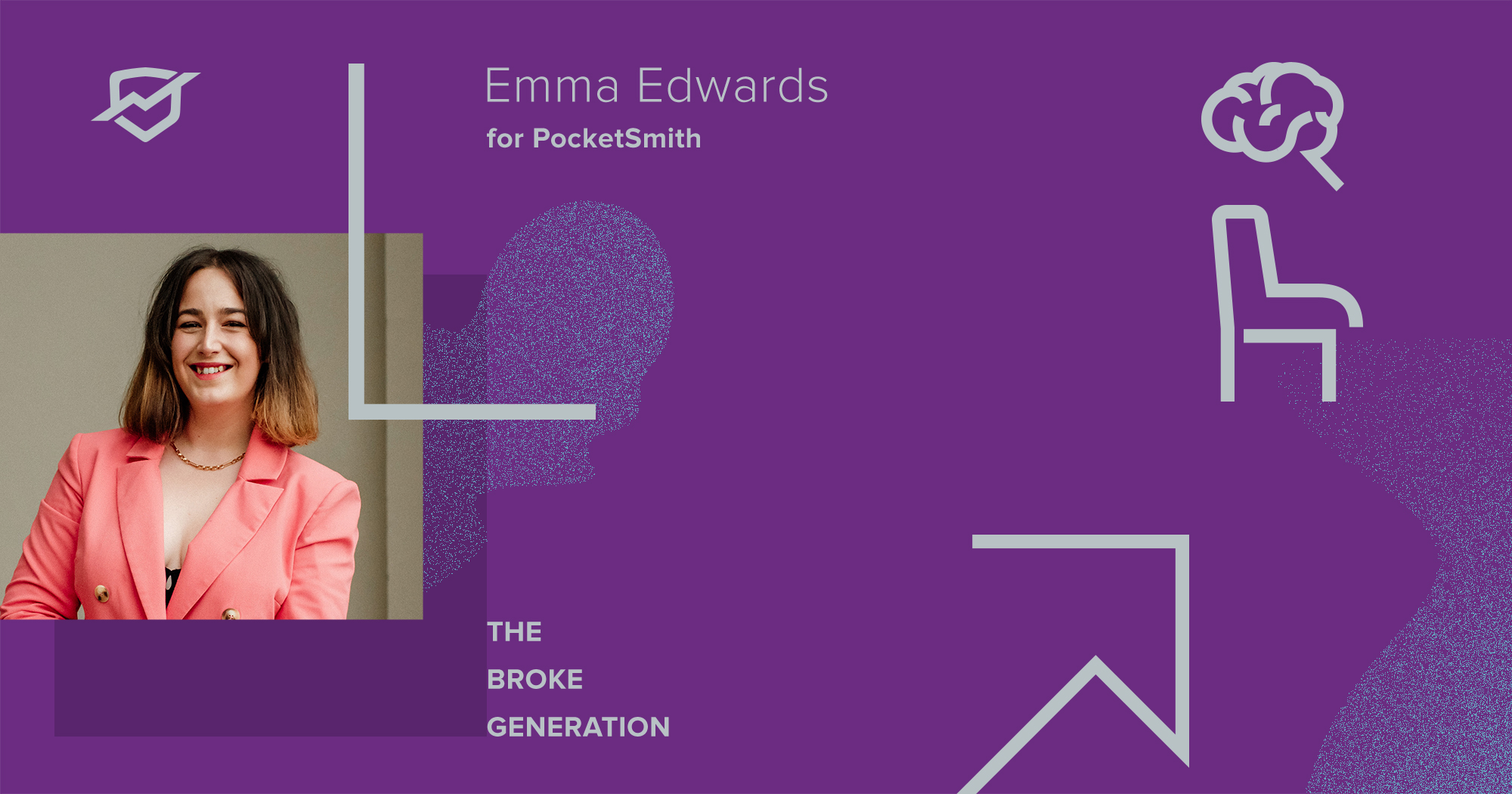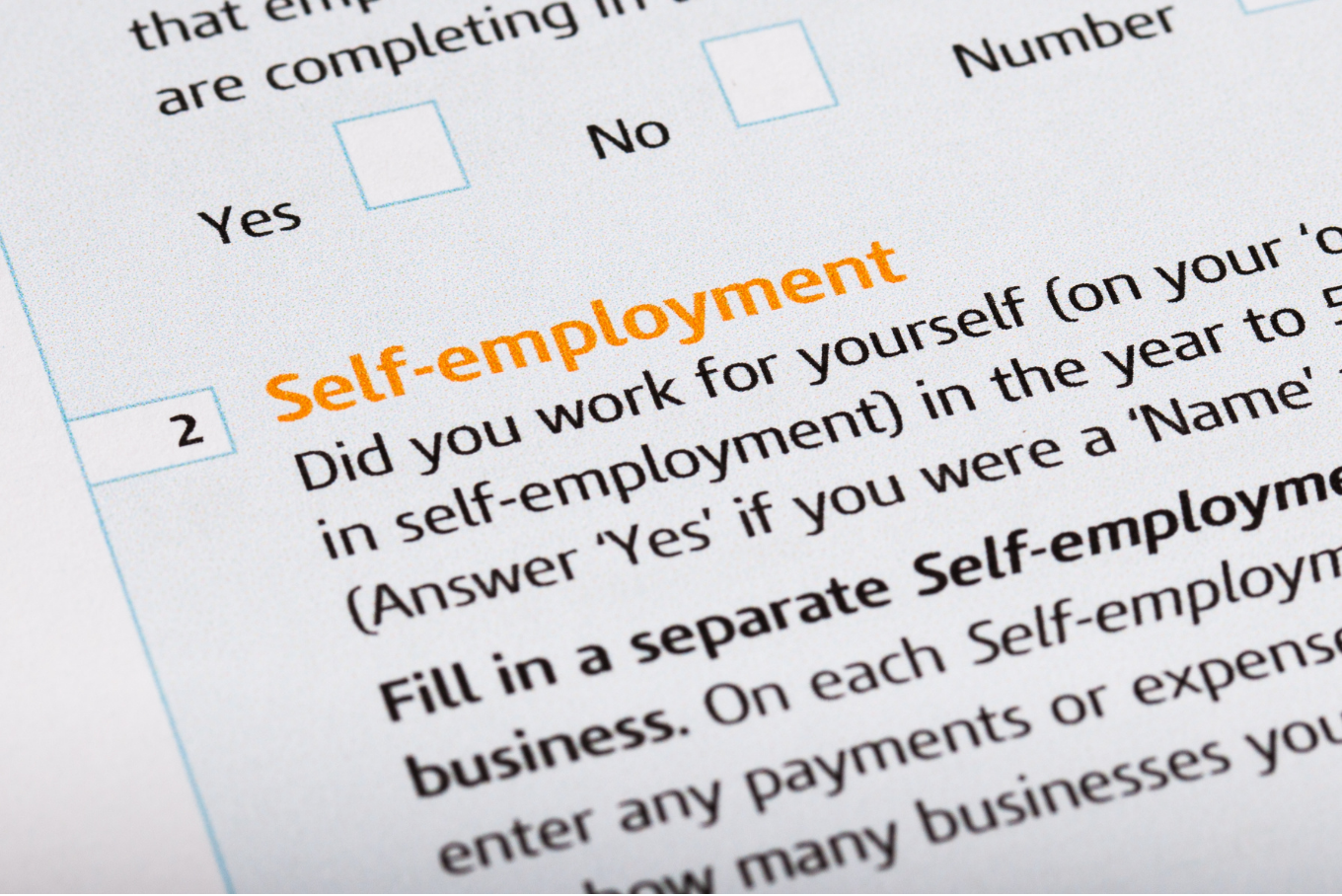
Covid burnout, regular burnout, the Great Resignation, hybrid working conditions, in-and-out lockdowns — it’s no wonder so many of us are considering making a change to our working arrangements. And for some of us, that means taking the leap into self-employment or taking on freelance jobs.
As someone who’s recently just thrown all my eggs into the basket of what was previously my side hustle — yep, I’ve gone all-in as my own boss — I’m sharing my top tips on how I prepared, financially and emotionally, for self-employment.
First thing’s first — get your head in the game. Deciding to take the leap into self-employment isn’t an overnight decision. You might spend weeks, months, or in some cases years deciding whether it’s right for you. While it’s true that there’s never a perfect time to go for it, in my experience there was a tipping point when I just knew. When it became all I could think about. When I started telling people I was going to do it before I’d actually done it. When I stopped finding ways to talk myself out of it. That’s when I knew. And allowing yourself the time to get to that stage, particularly if you’re a little bit risk-averse like me, is really beneficial because it helps reduce the likelihood of regret or panic setting in that you’ve made the wrong choice.
This is a really important stage that’s often overlooked by hustle culture and the money-obsessed narrative of self-employment that plagues social media. We all have different reasons for pursuing self-employment. It might be leaving a job that’s not right for you, getting out of a bad situation, finally doing what you’re passionate about, or just wanting to change things up and back yourself.
Whatever your reason, get clear on it, and really believe in it wholeheartedly. Whether you’re running from something or running towards something, hold onto that feeling, because that’s what’ll get you through moments of doubt.
It’s important to go into self-employment with a realistic mindset. Working for yourself isn’t all rainbows and six-figure revenue milestones, though Instagram may have you believe otherwise. It can get lonely. It can get stressful. Sometimes the money just doesn’t show up. And you’re entirely responsible for your own livelihood — yeah, that’s pretty scary.
Going in fully aware of the downsides can make the upsides so much sweeter. Hold onto your ‘why’, and take advantage of all the upsides as often as you possibly can. Whether that’s taking an afternoon off every week, or working from your favorite café, or picking your kids up from school and clocking off for the day to go to the movies together, or working from your bed because you just feel like it. Make the most of all the things self-employment allows you to do, because when you do that, the downsides are so much easier to swallow.

I personally felt so much more comfortable with my decision to go self-employed when I saved up three months of business and personal expenses. That gave me the peace of mind that I could essentially do absolutely nothing for three months and those expenses would still get paid. Of course, I didn’t do absolutely nothing, but it essentially bought me some time to take a slightly longer break, ease into my new routine, and start things off more intentionally, rather than scrambling around for any income I could get my hands on just to make ends meet.
This step is really, really important — especially if you’re going full-time with something that was previously a side hustle. Before I went full time, I just went with the flow with my side earnings, because it was mostly being used for lifestyle spending, topping up my savings, and reinvesting into the business for equipment, education and marketing. Basically, I’d never really needed to forecast my earnings particularly closely.
But deciding to go all-in on the business meant I needed to get clear on how much my non-negotiable expenses were, both for the business and for myself, when they fell due, and how much I needed to earn to cover them — and of course, my tax obligations! Plus, I needed to factor in making some sort of contribution to my retirement savings now that my employer contributions had ground to a squealing halt.
So I noted down all my business and personal expenses, right down to a weekly discretionary spending allowance, groceries and personal care like eyebrow appointments and my fortnightly therapy sessions. From here I modeled out three income scenarios — what I needed to earn to cover my essential costs of living, what I wanted to earn to cover more discretionary lifestyle spending, and what I could dream to earn, which had a greater gap between my income and my expenses to allow for more saving, more investing and, of course, more lifestyle splurging. I then broke this down into a monthly amount, and looked at each of my income-generating activities to see what kind of hypothetical earning splits I could look to work towards.
Hot tip: Forecasting within PocketSmith can help you with future visibility of your income and expenses!
Nutting out your expenses and working out these income scenarios can really highlight whether you need to up your rates. Relying on your own business to support your entire cost of living means you simply must be charging your worth. If the numbers aren’t stacking up when it comes to paying expenses and having enough to actually live on, it might be time to jack up your prices.
Don’t forget to factor in tax obligations when setting your rates, too. $100 might seem like a lot, but by the time you’ve paid tax and any associated expenses, it’s substantially less! If you’re not already, pay a percentage of every payment you receive into a separate account for taxes, so you’re only left managing money that’s really yours to keep.
This is something I’m still getting used to — I’m only a few months into self-employment! — but I can already see the value of doing it. I’m paying myself that ‘need’ amount that I established, every single month, even if I haven’t made that much. It feels counterintuitive to dip into my savings to pay myself, but I’m determined to pay myself that regular amount each month regardless of what I earn, for as long as I possibly can. Ideally, I’ll eventually start out-earning that amount some months, and my savings will start to replenish again.
Of course, this is easier if you have that three-six months of savings stashed in advance of becoming self-employed, so if you can make that a priority, it makes every aspect of self-employed finances so much easier.
Like, really, really regularly! I’m checking in with my accounting software and my PocketSmith dashboard a couple of times a week, at a minimum, to make sure I know what’s coming in, how close I am to that wage I’m paying myself, and how much business I’ve got coming in.
If you’re considering making the switch to self-employment, really take the time to consider every angle of the emotional and financial sides to ensure you’re fully prepared. And, make sure you’ve got the tools and resources you need to stay on top of things as you go — like a great accounting software, and a PocketSmith subscription!
Emma Edwards is a finance copywriter and blogger, on a mission to humanize the financial services industry by creating meaningful content that’s accessible and empowering. You’ll find her penning money tips at her blog, The Broke Generation, sharing financial insights on Instagram, or injecting life into content for her business clients.